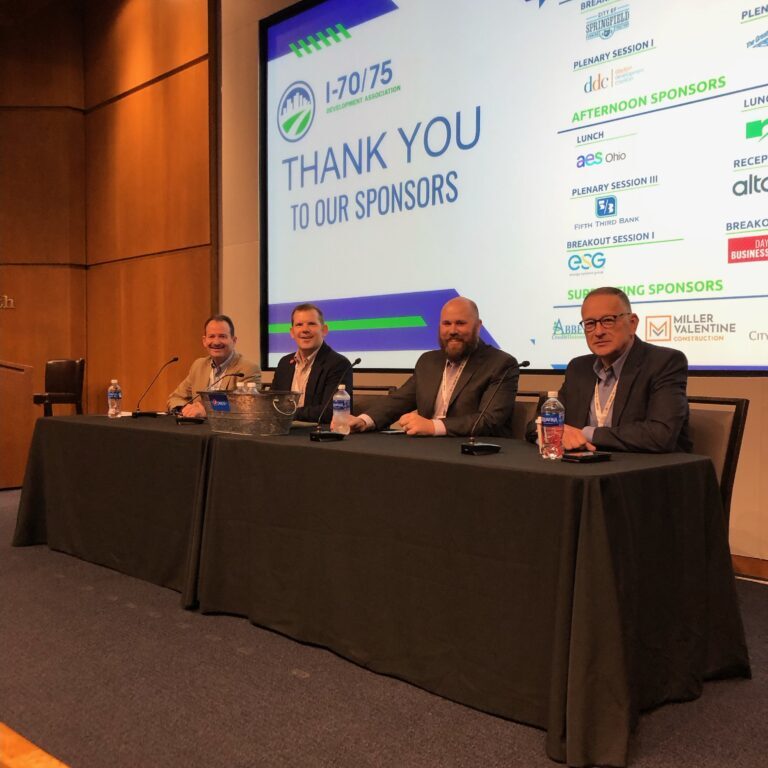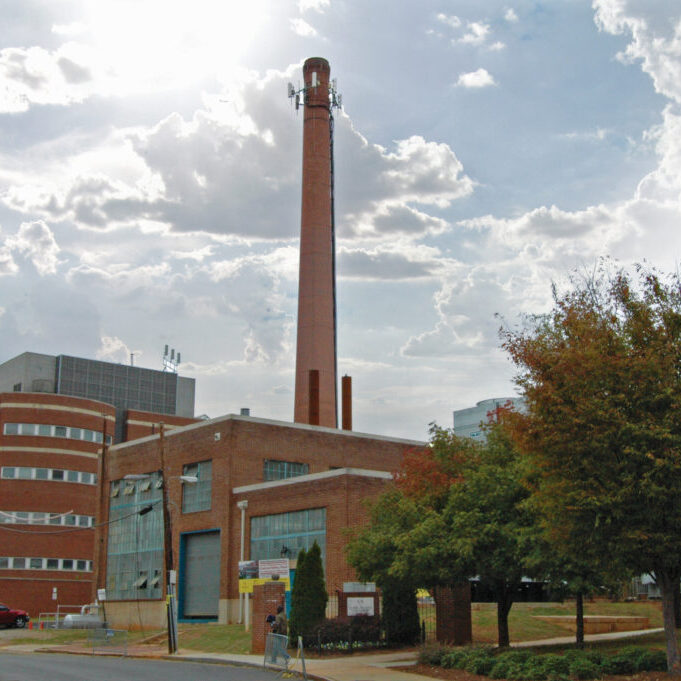By Aidan Murphy, Director of Performance Assurance, Energy Systems Group
Is your wastewater treatment plant a source of untapped revenue? It could be, if you have excess capacity and the right strategy for activating it.
Excess capacity in a wastewater facility is not unlike building a 20-story commercial building only to rent out the first 10 floors. The full return on investment falls short, but the owner still needs to maintain the entire structure. In the case of wastewater facilities, the excess capacity is a perishable commodity — one that increases operational costs without adding to the bottom line.
However, given the right conditions, wastewater utilities can monetize excess capacity to generate much-needed revenue for capital improvements. In the process, they can burnish their sustainability credentials, earning positive press and strengthening community goodwill.
Achieving this requires adopting a different mindset about the core business of a wastewater plant — but it can pay off for decisionmakers and the communities they serve.
Transforming Wastewater Plants into Value Creators
For decades, wastewater treatment plants have been viewed as depreciating assets with two primary purposes: treating influent and maintaining their effluent discharge permit. Yet by expanding beyond this framework, utilities can take advantage of local market drivers to convert excess capacity into revenue generators. Three proven strategies for achieving this are codigestion, biosolid, and biogas capabilities.
1. Codigestion
As land application rules tighten across the U.S., food manufacturers, restaurants, and other producers of high-strength organic waste (HSOW) need a home for food scraps and fats, oils, and grease. Wastewater treatment systems with codigestion capabilities are uniquely positioned to provide an affordable and compliant solution.
By accepting HSOW, utilities can generate tipping fees outside of their typical collection system. Depending on rates, one 5,000 gallon truckload of HSOW delivered twice a week could be equivalent to adding up to 200 homes to the collection system. Now, instead of treatment capacity sitting idle, utilities can source revenue from a new — and growing — market.
2. Biosolids Disposition
As wastewater treatment plants take in more organic waste, they are more likely to generate a higher volume of biosolids. The production of Class A biosolids can become a secondary revenue stream as a soil amendment sold to regional farms. Further, wastewater plants can invest in nutrient recovery technologies to capture and sell high-value byproducts, such as phosphorus and nitrogen. As a bonus, utilities can demonstrate their investment in resource conservation by participating in local circular economies.
3. Biogas Options
Co-digestion increases the production of biogas, a renewable energy source. The biogas can be captured to produce electricity and heat, offsetting the plant’s energy costs. Likewise, if there is a demand in the market, biogas energy can be converted to RNG and sold to create a third revenue stream. Biogas generation and capture can be an excellent way for utilities to reduce their carbon footprint and achieve net-zero goals.
Innovative Solutions in Action
Monetizing excess capacity is not an overnight strategy. Development and construction can require a minimum of three years, and it generally takes a full year after completion for revenue to build. But as the Frederick-Winchester Service Authority (FWSA) in Winchester, Virginia, has shown, it can generate millions of dollars in new revenue.
Energy Systems Group (ESG) collaborated with FWSA to design and construct comprehensive energy efficiency and infrastructure improvements at the Opequon Water Reclamation Facility. The centerpiece is a green energy facility that uses codigestion to process municipal sludge and HSOW. Methane gas produced by the codigestion generates up to 848 kilowatts of electricity to power the plant under average loading conditions. The project also enabled FWSA to reduce the amount of biosolids hauled to the regional landfill by approximately 50% and to harvest phosphorus from the wastewater stream.
Completed in 2016, the plant can process 125,000 gallons of high strength waste per day. The revenue potential from the green energy facility is between $1.25 and $2.1 million per year.
Collaborative Strategies That Align Goals with Market Demand
Expanding beyond core business directives offers tremendous opportunity to find new funding streams. However, it is not a strategy with universal application. A host of internal and external factors need to be thoroughly assessed at the front end to ensure the project will be viable, including:
· Is there adequate feedstock volume?
· Is there a market for biosolid disposition?
· Is there a market for RNG or electricity?
· Is there enough interest within the organization to stretch into new markets?
· Do you have the organizational capital and desire to drive the change?
· How flexible is your human capital?
In short, there are factors to consider beyond how well the infrastructure is designed. Long-term success also requires local market support, a champion to lead the initiative, and adequate training for the team running the initiative.
Decisionmakers need to work with a partner that can help bring all the pieces together to deliver a successful project.
ESG’s Sustainable Infrastructure team develops and delivers practical solutions that work in the real world. We partner with our clients to thoroughly assess local market conditions to ensure our solutions support their economic, environmental, and social responsibility goals. By combining existing and new infrastructure with technology and process changes, we create systems that are positioned to take advantage of the surrounding markets and drive value for our customers. As a result, our customers are positioned to adjust faster than most to market changes and technology innovation.
Contact us today to speak to an ESG expert. We’ll show you the numbers and discuss how our data-driven, goals-oriented approach can work for you.
Phone: 812.471.5000
Want to save or share this information? Download a flyer of this article.



